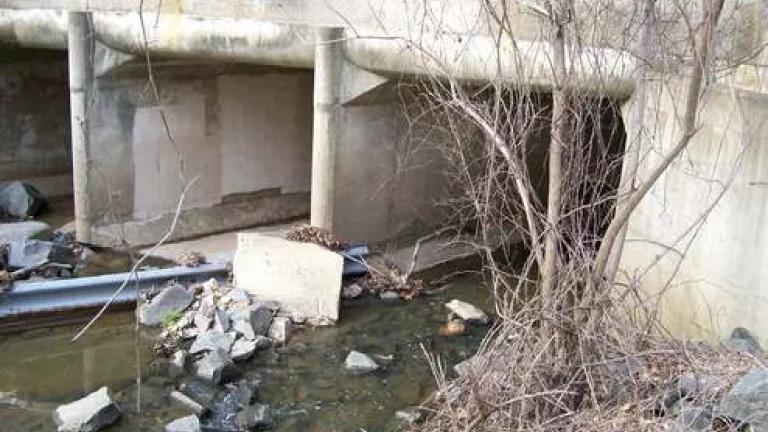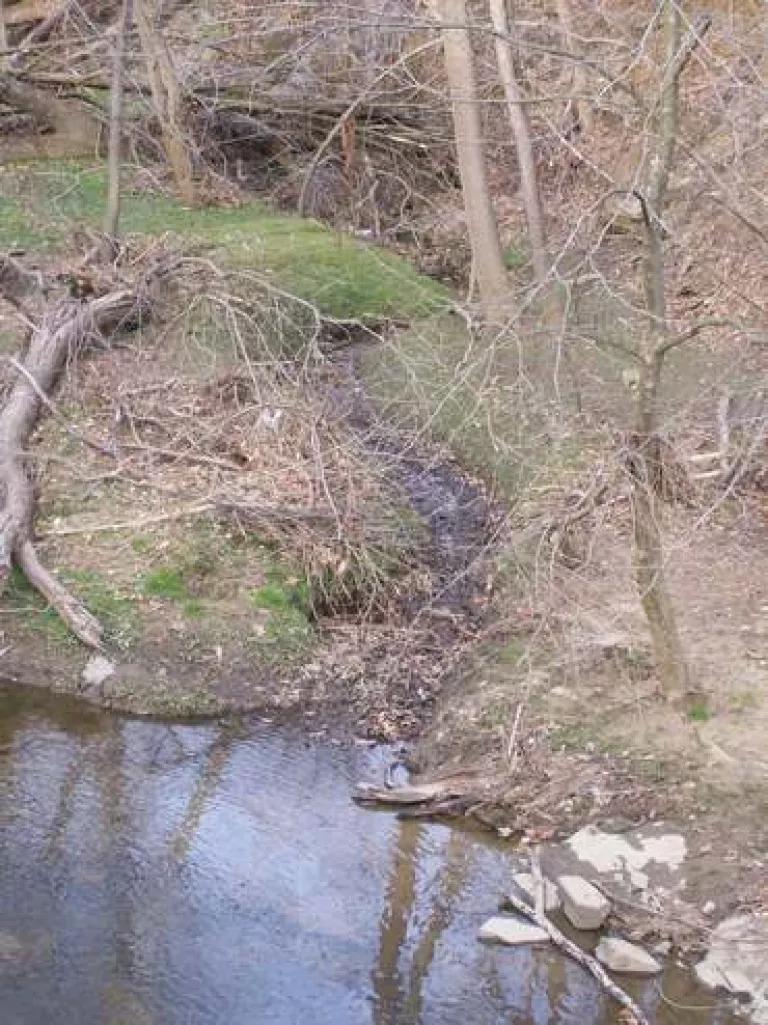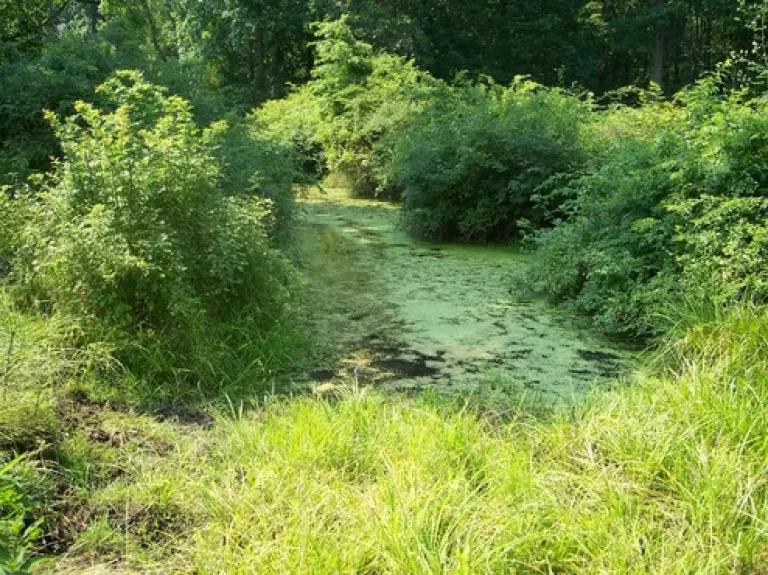
Ever notice that when you discover something, you then start seeing it everywhere, and can’t believe you weren’t aware of it previously? That’s how I’ve spent the last several years of my life, with the object of my obsession being small, often unglamorous, ponds, streams, and wetlands. (Hey, cut me some slack – I’m a nerdy environmentalist.)
Everywhere I go now, ever since I learned that the Supreme Court decided a couple of cases and suggested that the Clean Water Act might not have been intended to reach various kinds of waters, I see water bodies that used to be covered by the pollution control programs of the law, but now are in legal limbo. Today, however, I am happy to report that Congress has taken another step forward in the push to set the law right again – leaders in the House of Representatives introduced a bipartisan bill they call America’s Commitment to Clean Water Act.
Let me try to put the issue in context with a few examples:
After the Supreme Court decisions and the administrative actions and litigation that they spawned, I’m not 100% sure that the stream in my neighborhood – Four Mile Run in Arlington, VA – will be fully protected. There are places where the stream is a far cry from its natural state, as in the picture above (the stream going under Route 66), and some industry lawyers have suggested that man-made features are less susceptible to protection. Further, a federal appeals court in the southeast ruled that even perennial streams like Four Mile Run need to be proven to be significant enough to the health of downstream “navigable” waters to be covered by the law.

I’m really worried that the little tributary above (which flows into Four Mile Run at the bottom of the picture) is in real trouble. It does not appear to flow continuously, making it more vulnerable under some interpretations of the Supreme Court’s decisions, and its small size will pose a challenge to demonstrating that it is important enough to deserve protection in light of the Court’s decisions.

On the other hand, since the law still at least protects so-called “traditionally navigable waters,” I have no concerns about the Patuxent River, seen above being navigated by a particularly handsome canoeist.
What’s funny – sad, really – is that even though all three of these streams ultimately drain to the Chesapeake Bay, they are in different positions legally, with some being more likely than others to be vulnerable to being polluted without the polluter following the Clean Water Act. Other water bodies, like so-called "isolated" wetlands (which perhaps include the one below in southern PA, depending on how "isolated" is "isolated"), are even worse off; such waters have essentially been written off since the Supreme Court's decisions.

None of this makes sense when you look at the history of the law. Since 1972, when Congress totally overhauled the Federal Water Pollution Control Act and re-made it into the law that we now call the Clean Water Act, a variety of anti-pollution safeguards have applied to "navigable waters," which Congress defined to mean "the waters of the United States." That is, any water body that is a "water of the U.S." is protected by the federal law from industrial and municipal wastewater discharges, sewage dumping, oil spills and outright destruction.
It had been clear since early on that "waters of the U.S." are not limited to navigable ones, so inland wetlands, small and intermittently-flowing streams, and other non-navigable features were protected. The Supreme Court upset that understanding by saying that "navigable" has some lingering -- though highly ambiguous -- meaning, and that waters can only be protected based on their connections to traditionally navigable ones. The confusion described above is the result.
The bill introduced today will effectively restore the law's clear protections to water bodies at risk. It eliminates the term “navigable waters” in order to avoid future judicial mischief, defines protected waters in keeping with longstanding regulations, and incorporates a set of principles for legislation the Obama administration laid out last May.
It is a compromise bill, in that it contains new exemptions that the statute did not previously include. It also removes provisions that were included in prior bills but had drawn fire from opponents of comprehensive clean water protections, who made outlandish claims that the bill over-reached in protecting waters. Nevertheless, we are grateful to the sponsors of the legislation for beginning this critical dialogue in the House, and look forward to speedy movement to get this through Congress and to President Obama's desk.

